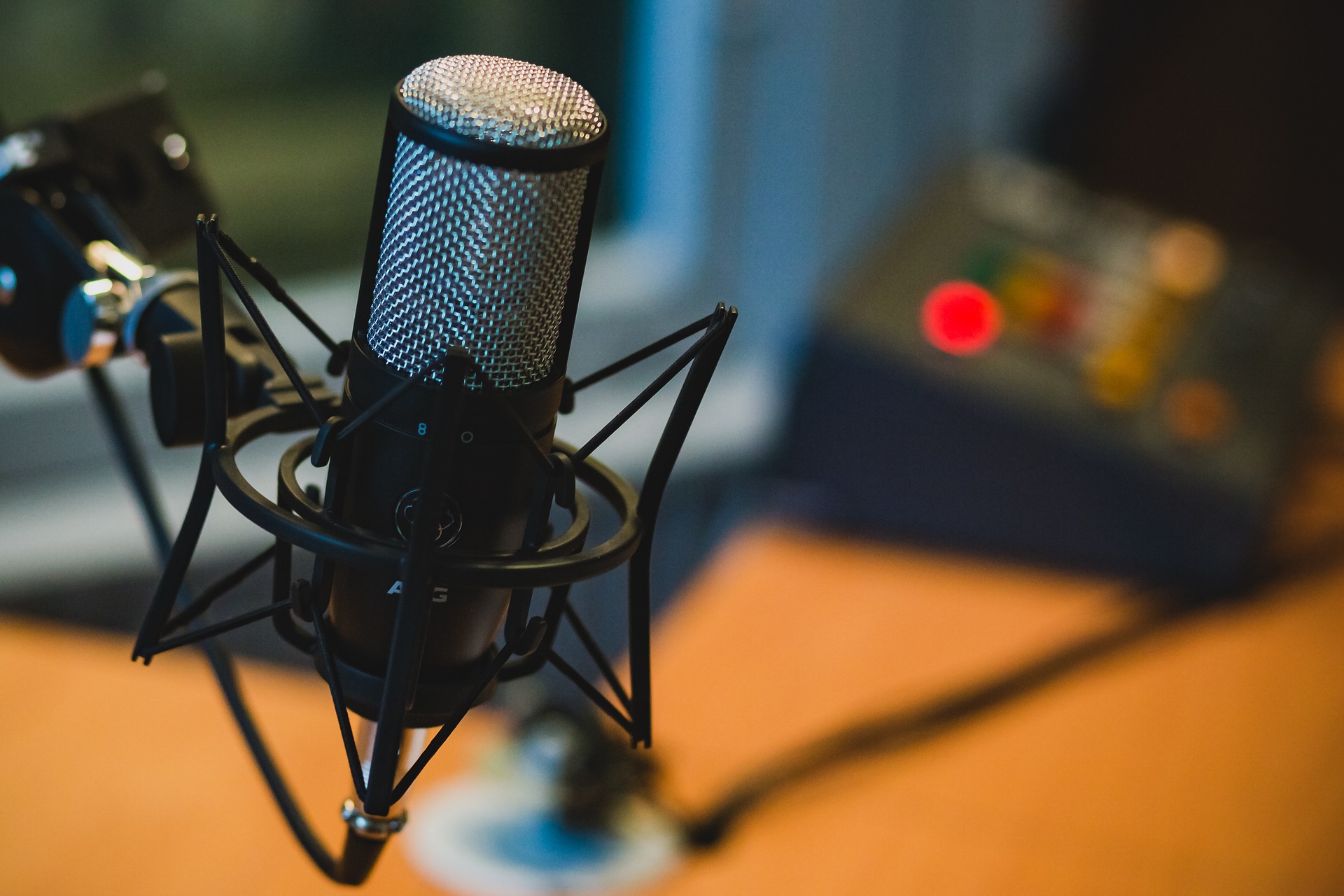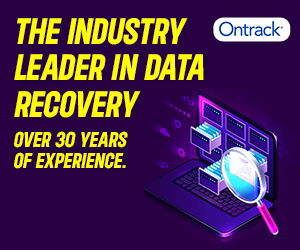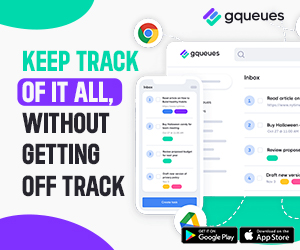Today’s computer technology has brought us many innovations, including podcasts. A lot of people love listening to them on their way to work, or while doing housework. You can learn so many interesting things about different topics that you might not know anything about otherwise – and even share your own thoughts with the world! Before you start a podcast, though, there are certain pieces of computer gear that you need in order to make it a successful one.
1. Podcast Microphone
The first thing you’ll need is a microphone. Something to keep in mind is that mics come in all shapes and sizes – and those aren’t purely for aesthetic reasons. Your kind of microphone should depend on what you’ll be using it for. Would you like the ability to record different sounds and voice-overs? Is your podcast going to be solo (one person talking), or do you want other people’s voices in there as well? You might even want something to make your voice sound better. There are microphones with different functions, so it’s important to choose one that will suit you best! As tech professionals when it comes to podcasts at wiredclip.com note, the way microphones connect to your computer is another way to categorize them. The two main groups when it comes to this are USB and XLR microphones, and they both come with their sets of pros, depending on how you plan on using them. The best idea is to have a detailed plan on what you want your podcast to look like, and then research the proper equipment for that setting specifically.
2. Shock Mount
A shock mount is a small accessory that you attach to your mic stand in order to reduce the vibrations coming from it. The noise produced by these vibrations can be very distracting – especially if you’re recording in an environment with lots of sound echoes, like a big room or outside. It can also tone down the sounds of typing, moving the mic, and whatever else you’re doing while you’re recording, so a shock mount is a great way to ensure that your listeners only hear the voice they should be listening to. While having some sort of background music is not that unusual for podcasts, there is a clear difference between that and unwanted sounds. By making sure your audio is as clear as it can get, your podcast will sound much more appealing and professional.
3. Recorder
In order to record your podcast, you’ll need a recorder. This is another device that can be separated into two categories: software and hardware. The software method includes recording directly on the computer and using a program of your choice to edit the recording. This way is great because it’s easy to use, and there are a lot of options to choose from at your convenience – all you need is an internet connection. In contrast, hardware mixers are devices that. These are programs designed for this exact purpose – so they’re easy enough to use without knowing too much about computers or tech in general. Or, you can even combine the two types by using an audio interface (a device that combines both audio sound cards and input/output jacks) and then recording it on your computer. The benefit of this is that you get cleaner, more accurate sound without sacrificing the convenience of software.
4. Audio Mixer
Most people who are new to making podcasts (or trying to figure out what kind of computer gear they need) will think that the mixer is the same thing as the recorder. While this isn’t exactly wrong, it’s not entirely right either. Think of the mixer as the intermediary between the mic and the headphones. As you might have guessed, there are different types of mixers. The most basic kind (and the cheapest) is a small, simple device that controls volume and sound levels. This way you can make sure everyone’s voices are heard equally and you don’t have to worry about clips and other problems. On the other hand, if you are more advanced and have a proper computer to handle it all, you can get a digital mixer. These allow for more flexibility since they usually come with built-in FX (effects). You can even attach an audio interface to them so that your sound will travel through the mixer instead of directly into the recorder or mic input.
5. Recording Software
Recording software is the final piece of the puzzle when it comes to getting your podcast up and running. The type you choose depends on what you’re planning to do with it. If you want to record and edit directly on your computer, there are pretty good programs available that let you record and edit for free. These are also an excellent choice for beginners since they can learn how to work with audio in a simple and affordable way without spending too much time or money. If you’re looking for more advanced software that has special features and tools, then you’ll have to find a solution that fits your budget. All in all, the right software can bring your podcast to life and make it sound professional and well-edited without any hassle.

Of course, besides the things listed, you will also benefit from a good camera, some nice headphones, and soundproofing the room you’re recording at. Podcasts are web radio shows available for download over the internet or streamed live. It’s a great way to sharpen your skills as an interviewer, voice-over artist, or simply enjoy creating interesting content.






1 Comment